White screens: description of types, materials and stylish examples
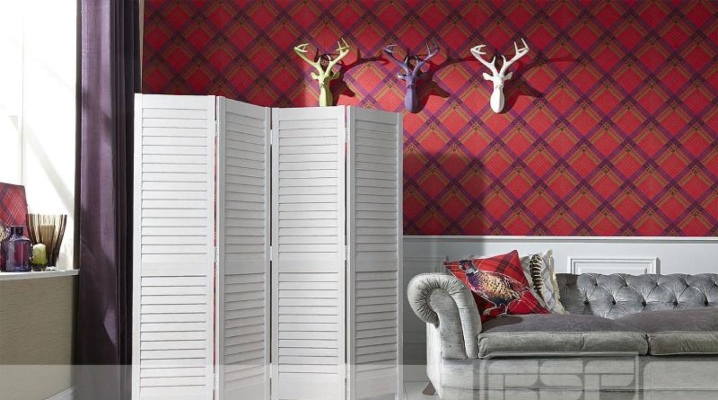
The first screens appeared in ancient China. They were installed opposite the entrance to ward off evil spirits. And here as a decorative element began to be used already in Europe in the 17th century... In the Russian Empire, they appeared only 2 centuries later, and the emphasis was on practical application. Screens are still popular today, differing in a variety of types, colors, materials of manufacture. In the article, we will take a closer look at white screens and their use in the interior.
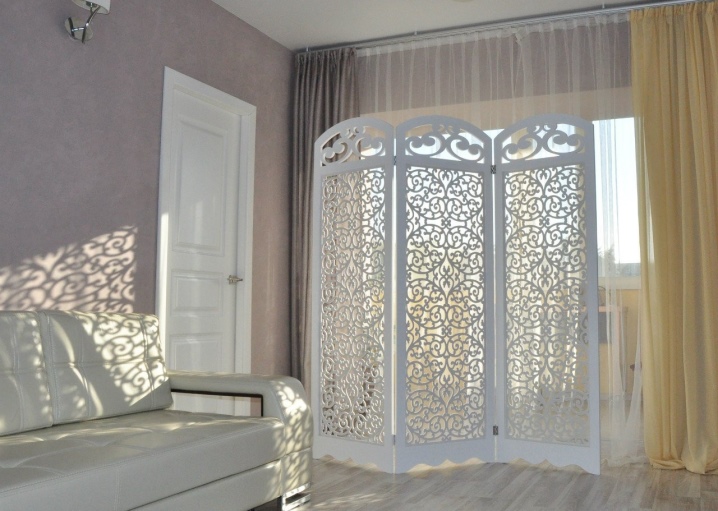
Advantages and disadvantages
The screen allows you to zone the space without erecting stationary walls. She is a real salvation for a multifunctional room of a small area. Behind it you can hide from prying eyes, separate the sleeping place from the living room, and use it in the interior as a decorative element.
Regardless of models and stylistic design, all screens have the following advantages:
- mobility - easy to fold, carry or put aside;
- the cost is lower compared to the construction of stationary partitions;
- easy to make yourself with minimal cost;
- can be used as a background for a photo or video.
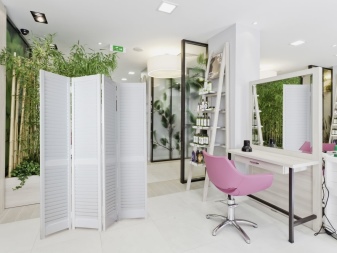
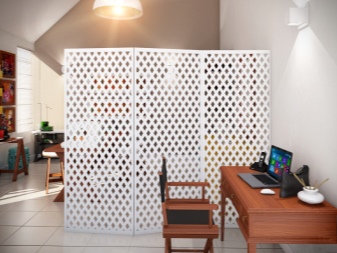
Some screens have additional functionality in the form of shelves, pockets or mirrors. This is especially convenient for dressing rooms or children's rooms.
A universal option is white screens. The color is neutral, in harmony with the entire spectrum, it seems airy, does not overload the interior. In addition, white has many shades - from snow-white to cream.
The disadvantages include the lack of heat and sound insulation. Screens delimit space only visually and cannot replace a full-fledged stationary partition.
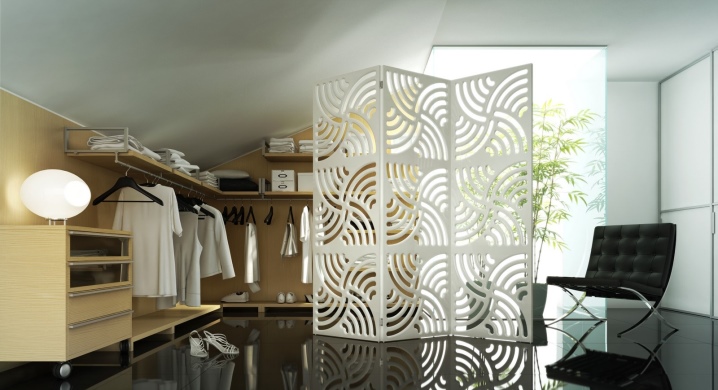
Species overview
- The most common model is folding, it is "harmonic"... Consists of several frames connected by hinges or hinges. Traditionally it contains 3-4 segments, but there may be more valves.
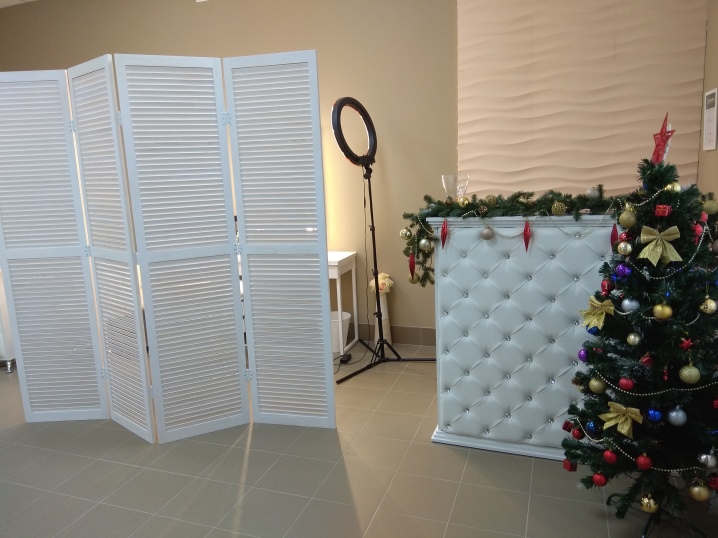
- Flexible screens. They are based on vertical posts, between which flexible material is stretched. This allows you to give the structure a different shape, create smooth bends. Some models can be rolled up for easy storage.
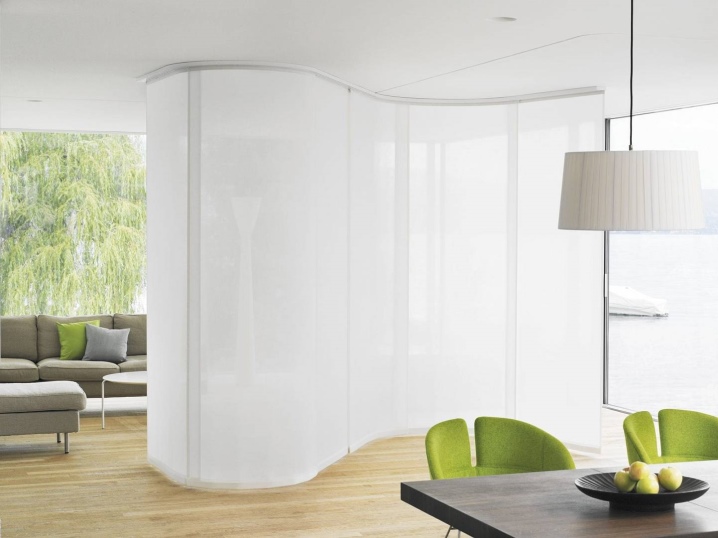
- Single-screen (single-leaf) models. Consist of one large frame. Often they function as a false wall or screen for a projector. Flat, does not take up much space, can be used in offices to separate workplaces.

- Hanging screens, more like roller blinds. Unlike the others, they require installation.

Models meet with heavy frames or solid structures... They are rarely moved and used as stationary partitions.
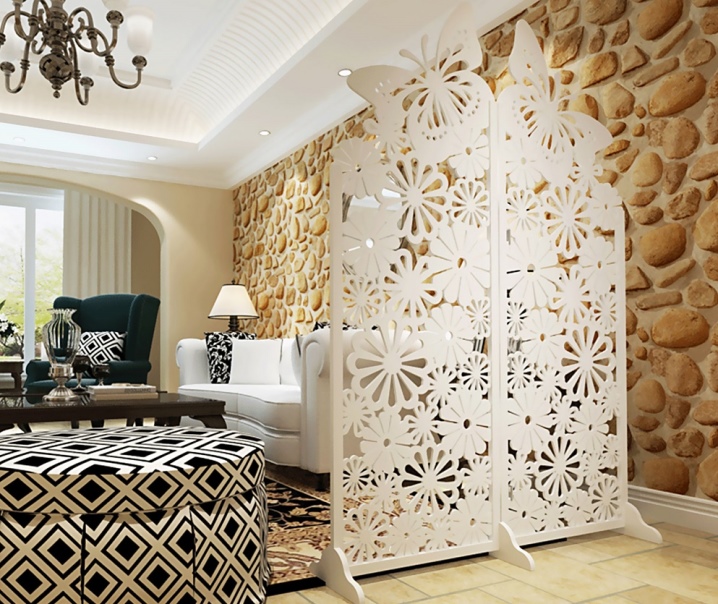
Materials (edit)
Since the screen must be mobile, light materials are used for the frames. Traditionally, this is a tree. It is environmentally friendly, perfectly decorates and dyes, and the elements are easy to replace. But the plastic screen is not afraid of moisture and mold. Metal can also be used for the frame, which makes the partition more stable.
Most often, the frame of the louvered model is made of the following materials:
- fabrics, leather, paper;
- PVC with printed patterns;
- polymer film with photo printing;
- MDF, plywood;
- frosted or transparent glass;
- mirrors.
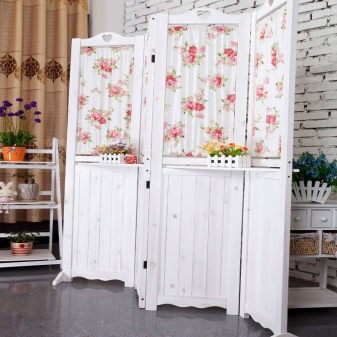
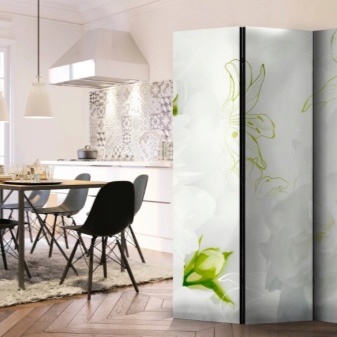
There are also combined options, wicker and openwork elements. Forged sashes look original. On sale you can find wooden screens with a white fabric on ties. The model is convenient because the textiles can be washed.
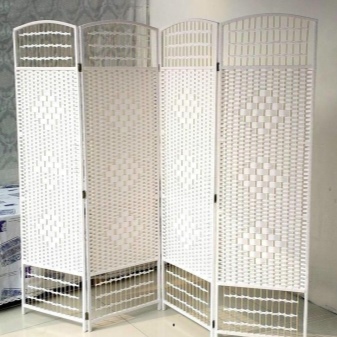
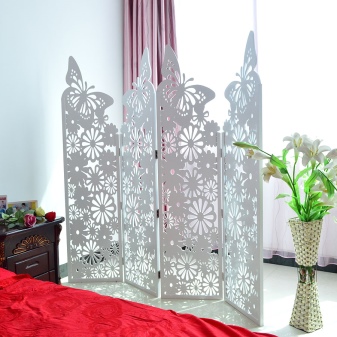
Design options
It is important to decide on the purpose of the screen - it must be functional or decorative. If the partition should be solid, then you should not purchase openwork options.
Functional screens are used in living rooms, when it is necessary to separate a place for sleeping or changing clothes, in spacious bathrooms, in nurseries near the changing table to protect from drafts. And in any other cases when it is necessary to hide from prying eyes.

If you do not want to divide the space, then carved screens are ideal. Such partitions do not hide anything, there is no feeling of limited space. They can only be used as a decorative element, for example, decorating a bed or a wall.

Beautiful examples
White carved screens look great at the head of the bed. At the same time, they perfectly zone the space, but do not separate it.
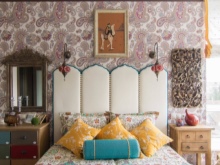
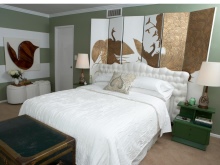
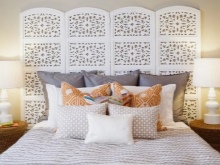
An excellent design solution to replace curtains with screens. They protect well from the sun, while the installation of the cornice is not required, which is especially important for attics.

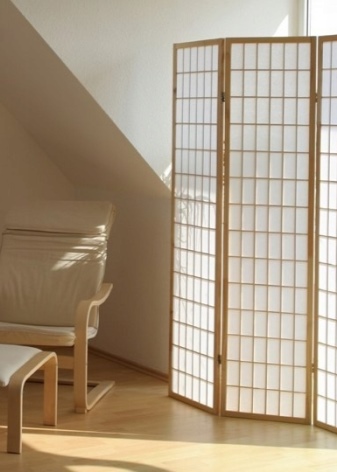
A single-screen partition allows you to fence off a sleeping place, create a feeling of privacy and a separate room. It also allows you to separate the work area so that nothing distracts. A great option for studio apartments.
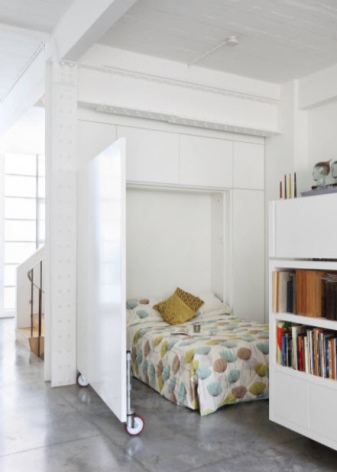
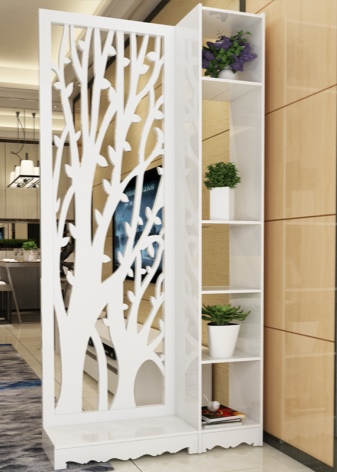
There are many other equally interesting interiors in the photo gallery.
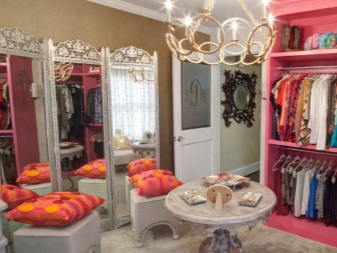
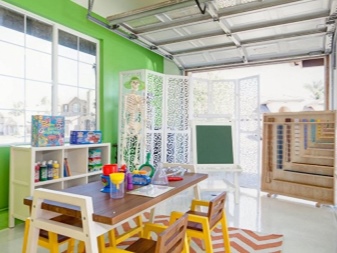
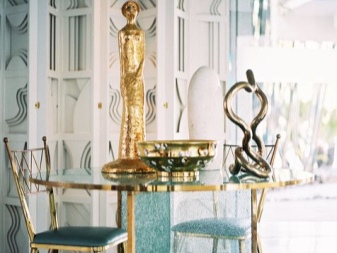
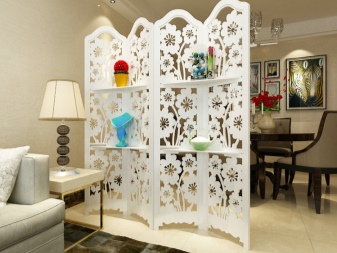
How to make a screen with your own hands, see the video.













The comment was sent successfully.